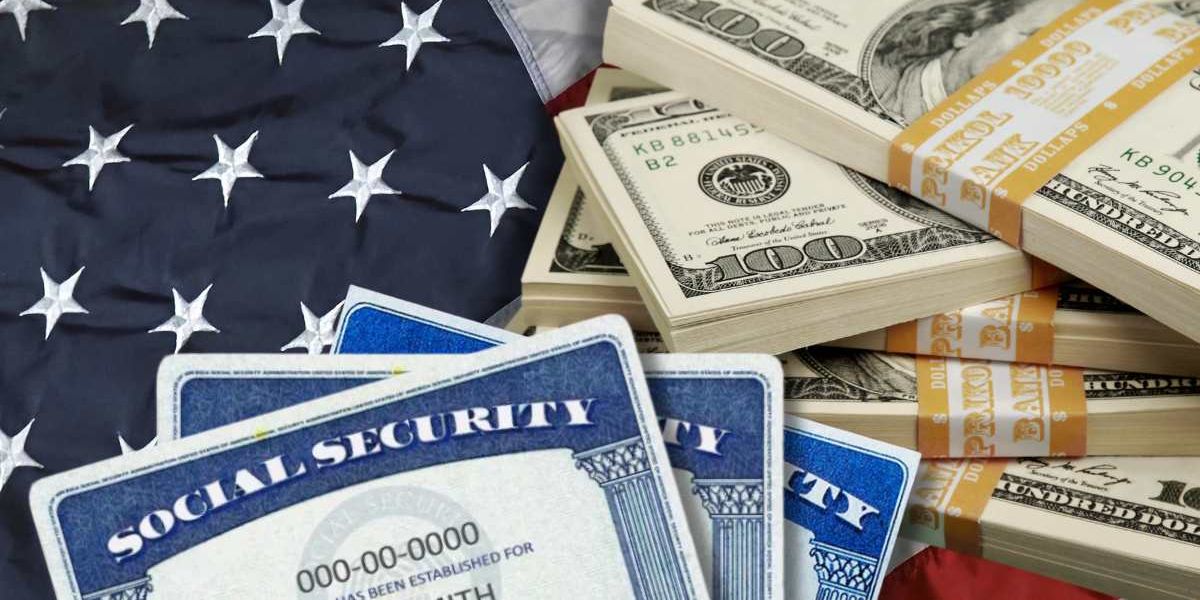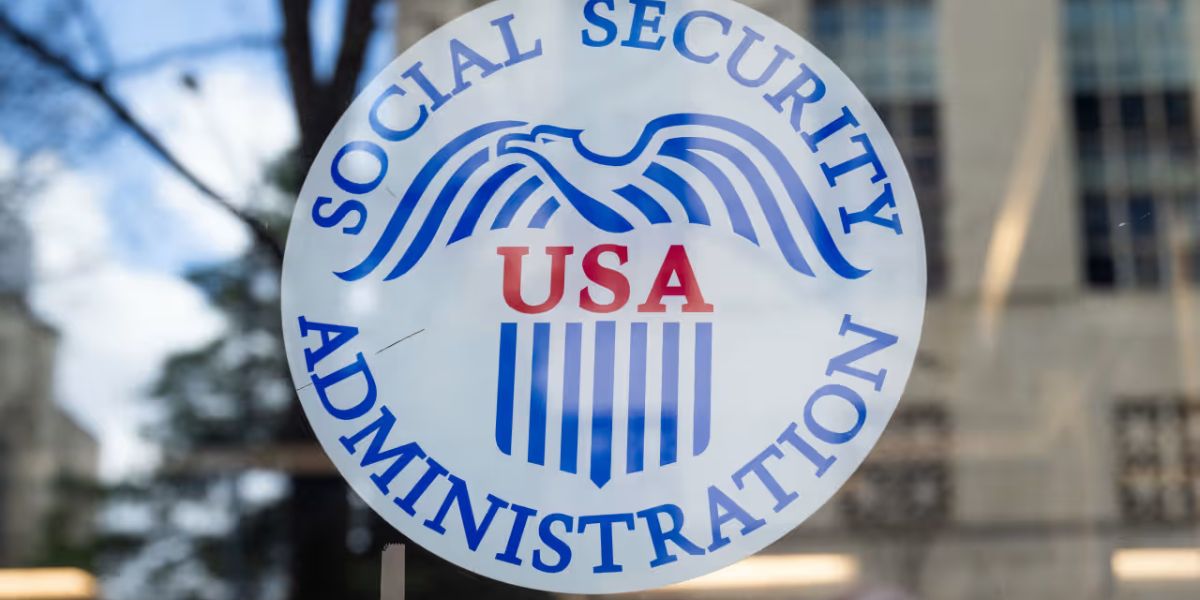According to a report this week by various American media, millions of Americans who depend on Social Security may have some of their monthly benefits taken away beginning in June if they don’t make their student loan payments.
Official data indicates that people who owe money to the federal government are impacted by this process.
The U.S. Department of Education estimates that 2.9 million Americans aged 62 and older owe money on federal student loans, a number that has risen by over 70% since 2017.
The rising number of older Americans with student loan debt is reflected in this statistic.
Trump has resumed collecting debt, putting retirees front and center
Aggressive collection efforts that were halted during the COVID-19 pandemic and under Joe Biden’s administration have been resumed by the Trump administration.
The goal of these actions is to get money back from borrowers who have fallen behind on their student loan payments.
The federal government can deduct up to 15% of your Social Security benefits through the Treasury Offset Program (TOP) to settle federal student loan defaults, but it cannot lower your monthly payment to less than $750.
According to the Federal Student Aid website, a notice of intent to offset is sent to the borrower’s last known address prior to the start of offsetting, alerting them that negative credit reporting and offsetting will commence within 65 days.
“The notice can only be sent once, and offsets will continue until you pay your debt or the default is resolved.”
Social Security and other federal payments are withheld and used to settle outstanding debts through the Treasury Offset Program (TOP). The purpose of this system is to guarantee the return of public monies.
When do indebted retiree clawbacks start?
The automatic garnishment of Social Security payments is one of the Treasury relief measures for past-due borrowers that the White House has reinstated as of May 5. Those who haven’t improved their financial circumstances are impacted by these measures.
Tom O’Hare, a holistic college counselor at Get College Going, told that these debt collection techniques are not new and have been in use for over 20 years. Federal policy has included the system for a long time.
Read Also: No Payments Before June 17: What It Means for Those Waiting
“They were suspended to help delinquent borrowers during the COVID-19 pandemic and throughout the remainder of the previous administration,” O’Hare stated. The purpose of the pause was to relieve borrowers’ financial strain during that time.
“A borrower who hasn’t repaid their federal student loan is considered in default when the loan reaches 270 days past due,” Tom O’Hare clarified. Stricter collection measures are started during this time, and in the worst situations, they may even reach the level of judicial collections.
According to the expert, the loan is usually transferred from the loan servicers to a collection agency that represents the federal government in court or through the use of strict recovery procedures like Social Security deductions and wage garnishment.
Read Also: 4 Financial Shocks Retirees Commonly Face—And How to Prevent Them
On May 5, collections started up again, and the seizures might start to impact benefit payments in June. Whether the Department of Education will review the procedure or send out another round of warnings to borrowers has not been made clear.
Government-funded post-secondary education is financed by federal student loans, and defaulting on them results in the implementation of programs like the Treasury Offset Program (TOP). The recovery of past-due debts is guaranteed by this program.



